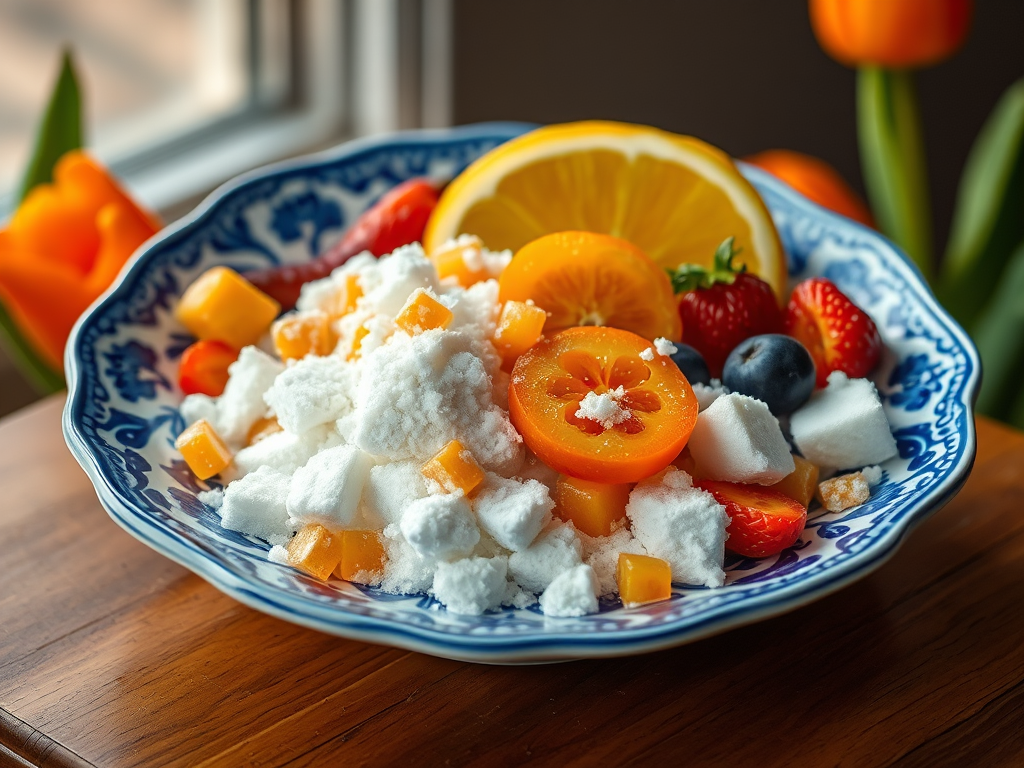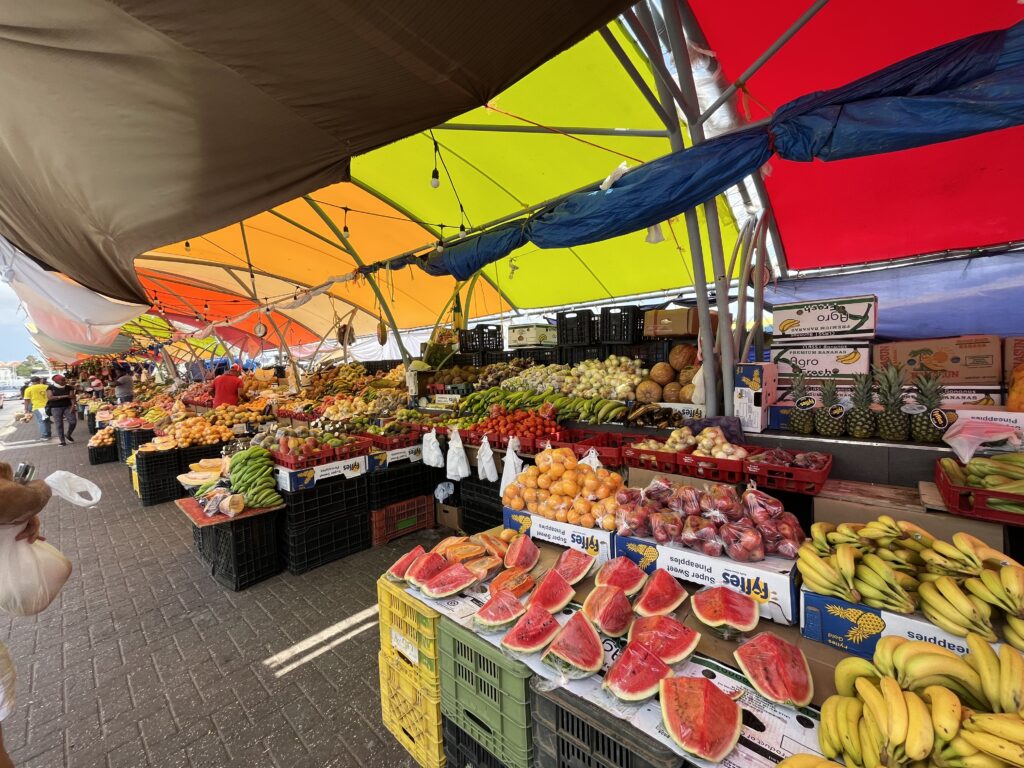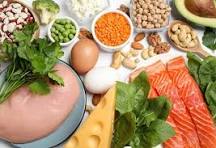
Rare Kalahari desert lion
Knowledge about one’s health is essential, at least for me. When I was younger, I was always a bit hesitant because you never know what the results will be. Still, this is “ostrich politics,” burying my head in the sand to hide from danger.
Biomarkers, different types of heart rates, hormone tests, and blood tests are available. Some are more relevant than others. They give me a sense of confidence when everything appears normal according to the tests. And if something is wrong, you hopefully have time to make adjustments.
Some tests are cumbersome, some are expensive, but these days, more and more is possible. Your Apple Watch or any other health gadget is already a great help. AI is on its way to revolutionizing the way we deal with health.
This blog is dedicated to “easy-to-do” at-home tests for assessing your overall physical condition. They should give you a good idea of your health status, specifically your endurance, flexibility, and muscular strength. For longevity, it is crucial to keep muscle mass (fight against sarcopenia!), stay flexible, and not lose your balance. The good news is that exercise and willpower can take you very far. In most tests, I score in the 30-year-old bracket. I assure you that I am an average guy—not a top athlete. I am someone who is determined to stay fit and is willing to put in the work.
That means walking, biking (I am Dutch), and going to the gym. I should do more yoga and remain interested in resuming tai chi.
- Sit-to-Stand Test (30 seconds)
Purpose: Tests lower body strength and endurance.
How to Perform: Sit in a chair with your feet flat on the floor and arms crossed over your chest. Stand up fully and sit back down as many times as you can in 30 seconds.
Age 30/Men 15–20 repetitions; Women 15–20 repetitions
Age 50/Men 12–18 repetitions; Women 12–18 repetitions
Age 65/Men 11–16 repetitions; Women 11–16 repetitions
I do 16 so that is fine. I read somewhere that the world record is 72 times, but to me that must be a mistake.
2. Push-Up Test
Purpose: Assesses upper body strength and endurance.
How to Perform: Do as many push-ups as you can with proper form.
Age 30/Men (15-20 = good, 30+ = excellent); Women (10-15 = good standard, 20+ = excellent).
Age 50/Men (10-15 = good, 20+ = excellent); Women (8-12 push-ups = good, 15+ = excellent).
Age 65/Men (6-10 = good, 15+ = excellent); Women (5-10 = good, range, 12+ = excellent).
I do 30, so I am very pleased with myself. It has been a long process to get so far. I started 1 ½ years ago, barely making 2 or 3 push-ups at a time, but slowly I improved. I can do 100 in short bouts of 20 each, with a limit of 30. After completing 30 I feel my arms, that is for sure.
3. Plank Test
Purpose: Measures core strength and endurance.
How to Perform: Hold a plank position (elbows and toes on the floor, body in a straight line) for as long as possible. Check your time and aim for gradual improvement. See Youtube for instructions.
Age 30/men 1.45; women 1.30.
Age 50+/men 1.15; women 1.00
Some say best approach is a small number of planks of 30 seconds each, but you can also go for a maximum time. My record is 4.30 minutes, on average I do 2.30. I never enjoy it though; it is a very hard exercise.
4. Sit-and-Reach Test
Purpose: Tests flexibility, especially in the lower back and hamstrings.
How to Perform: Sit on the floor with legs straight ahead. Then, reach forward as far as you can towards your toes, and measure the distance reached beyond your feet.
Flexibility is of all ages (or not). I know this is an important test, but only recently I made it. It requires 10-15 minutes of yoga style of exercises before I manage this. I honestly never managed, not in my 20’s or in my 50’s, but now in my 60’s I do. Four cm beyond my feet!
5. The Cooper Test
This is a physical fitness test developed by Dr. Kenneth Cooper in the 1960’s, used to assess aerobic endurance. It involves running as far as possible in 12 minutes, and the distance covered indicates aerobic fitness.
Age 30/men (1900–2400 meters = average; 2400-2800 = good; 2800+ = excellent).
Women (1700–2100 meters = average; 2100–2500 = good; 2500+ = excellent).
Age 50/men (1700–2099 meters = average; 2100–2500 = good; 2500+ = excellent).
Women (1500–1900 meters = average; 1900–2300 = good; 2300+ = excellent).
Age 65/men (1500-1900 meters = average; 1900–2300 = good; 2300+ = excellent).
Women (1400–1700 meters = average; 1700-2100 = good; 2100+ = excellent).
6. Step Test
Purpose: Assess cardiovascular fitness.
How to Perform: Step up and down on a platform or step at a consistent pace for 3 minutes. After finishing, measure your heart rate for one minute to evaluate recovery.
Age 30/men and women (Heart rate recovering to 101-115 beats per minute = average; to 85-100 beats = good; below 85 beats per minute. = excellent).
Age 50/men and women (Heart rate recovering to 106-120 beats per minute = average; to 91-105 beats per minute = good; below 90 = excellent).
Age 65/men and women (Heart rate recovering to 111-125 beats per minute = average; to 96-110 = good; below 95 beats = excellent).
7. Standing on one leg
This is a commonly used balance test that can show overall stability and balance abilities, which often decline with age. Here are some general guidelines for how long you should be able to stand on one leg based on different age groups:
Age 30/both men and women at least 50 seconds.
Age 50/both men and women at least 30 seconds.
Age 70/both men and women at least 25 seconds.
The longer the better of course. I do easily over 1 minute. I practice in the bathroom and doing exercises on one leg also helps.
Enjoy the tests and draw your conclusions!
Robert, your health friend

The Hague is beautiful








